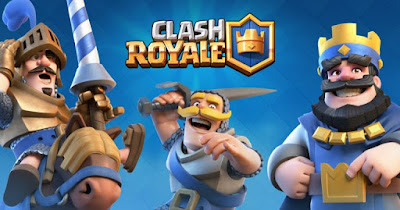Bow Fishing Gear: What to Buy and Why
When most people think of bow fishing, they tend to envision expensive Bass boats with the hunter standing in the bow and a partner poling the boat from the stern. However, many non-game species of both fresh water and saltwater fish move into shallow, grassy, coves to spawn in the Spring and thus, they are readily accessible to wading bow fishermen during this period. Consequently, all you really need to pursue this super exciting sport is a bow, a bow fishing reel, half a dozen bow fishing arrows and appropriate points for them, and a pair of waders and you too can follow the age old technique of pursuing "coarse" fish in the shallows with a bow and arrow. However, because the gear you choose will either positively or adversely affect your bowfishing crossbow pistol experience, it is important that you purchase the correct gear. Thus, in the following article, you will find the information you need to make an informed choice.
Since choosing an appropriate bow is the first step to becoming a bow fisherman, let's start there. So, first of all, it should be noted that while you can use a Compound Bow, a Recurve Bow, or a Long Bow for bowfishing crossbow pistol, both Compound Bows and Long Bows have certain disadvantages. For instance, although a Long Bow may be suitable when hunting fish from a boat, when wading, most Long Bows are too long because their lower limb extends either to or beneath the water's surface when the bow is draw; thus causing it to slap the water when the string is released. On the other hand, although Compound Bows are much shorter than either Recurve Bows or Long Bows, compound bows designed for big game hunting must be drawn all of the way to the wall prior to releasing the string and thus, in order to be appropriate for bow fishing, a compound bow must be specially designed for the intended purpose. However, Recurve Bows are absolutely perfect for bow fishing as they are because they lack cams and thus, they can be "snap fired" at a fleeing fish without the need to fully draw the bow. But, when choosing a recurve bow for bow fishing, you should choose models that have AMO lengths ranging from 48 inches to 54 inches so that the lower limb of the bow will not slap the surface of the water or the gunwale of your boat when you shoot.
Another factor to be considered is that of draw weight. Therefore, you should be aware that unlike big game hunting, when hunting fish with a bow and arrow, you will be presented with multiple targets at any given time and, you will likely be making numerous shots during the course of a hunt. In addition, since the fish are well aware that they are vulnerable to aerial predators when in shallow water, they are very wary and thus, the bow fisherman is often required to "snap shoot" at fleeing fish without coming to full draw. Furthermore, shots at fish are generally a very close range affair seldom taken at more than ten yards with twenty yards being an extremely long shot. Therefore, most hunters choose draw weights between 30 lbs. and 50 lbs. depending on their physical stature. However, while most bow fishermen tend to agree that a recurve bow with a draw weight of 30 lbs. is a good choice, some species of "coarse fish" such as Shad and Carp have relatively soft scales that are easily penetrated by an arrow whereas, other species such as Alligator Gar have very tough scales that are difficult to penetrate. Thus, both larger fish and those with tougher scales require heavier draw weights up to 50 lbs. More info atbuz.com



Thanks for sharing this post of Recurve bow
ReplyDelete